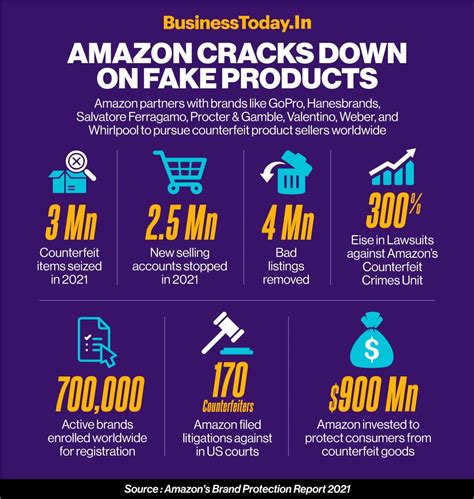How to Report Counterfeit Products to Authorities
1. What is the process for reporting counterfeit products?
Reporting counterfeit products involves several steps to ensure that the complaint reaches the appropriate authorities. Start by gathering all relevant information, including product details and seller information.
Next, determine the jurisdiction of the counterfeit activity. Depending on your location, different agencies may handle such reports, including local consumer protection offices, federal trade commissions, or customs authorities.
Once you identify the right agency, prepare your report. Include specifics like product images, links to online listings, and any communication with the seller. This detailed information will help authorities take appropriate action.
After filing the report, follow up to ensure it is being processed. Some agencies provide tracking for complaints, while others may require you to contact them for updates.
In some cases, you may need to contact the brand owner directly. Many companies have dedicated teams for handling counterfeit issues and can provide additional support.
Consider documenting your efforts. Keeping a record of your communications and submissions can help if you need to escalate the matter.
Stay informed about your rights as a consumer. Knowing how laws protect you against counterfeit products can empower you to take action.
Lastly, be aware of the potential for retaliation from counterfeit sellers. If you feel threatened, report this to the authorities as well.
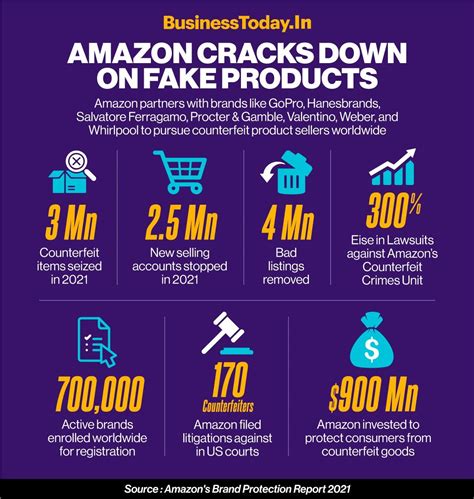
2. Which authorities should I contact to report counterfeit products?
Different authorities handle counterfeit product complaints based on your location and the nature of the counterfeit items. The Federal Trade Commission (FTC) in the U.S. is a primary agency that deals with deceptive practices.
In the EU, the European Union Intellectual Property Office (EUIPO) provides resources and support for reporting counterfeit goods. National consumer protection agencies are also available in each member state.
Customs authorities play a significant role in intercepting counterfeit products at borders. Reporting suspicious shipments can aid in their efforts to protect consumers.
Some brands have their own reporting mechanisms for counterfeit products. Check the brand’s official website for guidance on how to report counterfeits directly.
Local law enforcement may also assist in severe cases, especially if fraud or theft is involved. They can provide immediate support if you’re facing threats or intimidation.
For online purchases, consider reporting to platforms like eBay or Amazon, which have policies against counterfeit items and can take action against sellers.
Trade associations related to your industry may also offer resources for reporting counterfeit products and can guide you through the process.
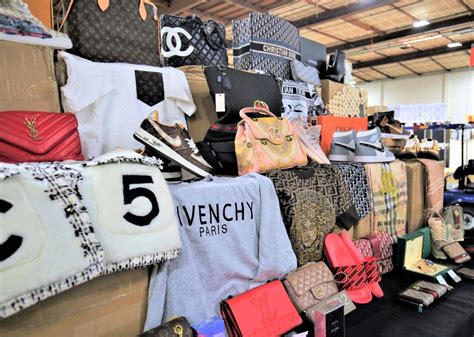
3. What information do I need to provide when reporting counterfeit products?
When reporting counterfeit products, detailed information is crucial. Start with the product name, brand, and model number, if applicable. Include images that clearly show the counterfeit item and its packaging.
Document the seller’s information, including their name, address, and contact details. For online purchases, provide links to the product listing.
Record any conversations you had with the seller. Include dates, times, and the content of the discussions, especially if they involved misleading claims about the product’s authenticity.
Identify where the product was purchased, whether in-store or online, and provide receipts if available.
Note any attempts you made to resolve the issue with the seller. This can demonstrate that you took reasonable steps before escalating the complaint.
Check if you can access additional documentation, such as trademarks or patents that prove the product is counterfeit.
Finally, provide your contact information for follow-up purposes, but be cautious about sharing personal details.
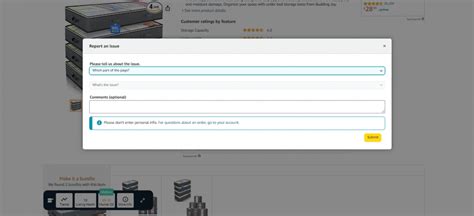
4. How can I identify counterfeit products?
Identifying counterfeit products requires a keen eye and attention to detail. Start by examining the packaging; authentic products usually have high-quality packaging that is free from errors.
Check the product itself for inconsistencies, such as poor craftsmanship, misspelled brand names, or incorrect logos. Comparing the item to an authentic version can help you spot discrepancies.
Research the price. If a deal seems too good to be true, it probably is. Authentic products typically maintain a consistent price across reputable retailers.
Look for certificates of authenticity or warranty information that comes with genuine products. Counterfeit items often lack this documentation.
Consider purchasing from reputable sources only. Authorized retailers are less likely to sell counterfeit goods.
Utilize online resources and forums to learn about common counterfeit practices specific to the products you’re interested in.
Use apps or tools that allow you to scan barcodes or QR codes for authenticity checks.
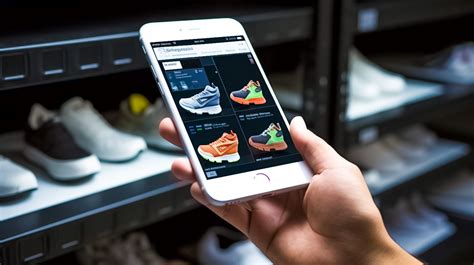
5. What should I do if I purchased a counterfeit product?
If you discover that you purchased a counterfeit product, the first step is to stop using it. Using counterfeit goods can pose risks to health and safety.
Next, contact the seller to request a refund. Be polite but firm, providing evidence of the product’s counterfeit status.
Document all communication with the seller, including dates and content. This information may be necessary if you need to escalate the issue.
If the seller refuses to issue a refund, consider reporting them to the appropriate platform or authority, as discussed previously.
Notify your payment provider if you made a purchase using a credit or debit card. They may offer dispute resolution services.
Share your experience online to warn others about the counterfeit seller. Review sites and social media platforms can amplify your message.
Keep records of your actions and communications as you may need them for any legal proceedings.
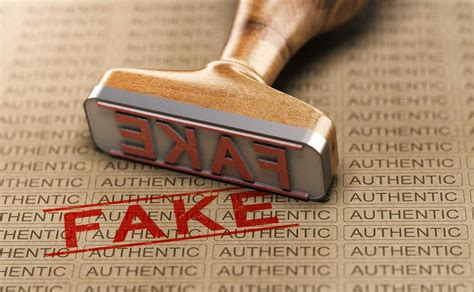
6. Can I report counterfeit products anonymously?
Many authorities allow for anonymous reporting of counterfeit products. However, providing your contact information can help agencies follow up for more details.
If you choose to report anonymously, be as detailed as possible in your initial report. Include all relevant information about the counterfeit product and seller.
Some platforms, like online marketplaces, may have specific procedures for anonymous reports, so check their guidelines.
While anonymity can protect your identity, it may limit the agency’s ability to follow up with you for additional information.
Understand that whistleblower protections may apply in your jurisdiction, offering legal safeguards against retaliation.
Consider the potential impact of reporting anonymously. In some cases, your information may be vital for a successful investigation.

7. What are the legal implications of selling counterfeit products?
Selling counterfeit products can lead to severe legal consequences. Sellers may face civil lawsuits from trademark owners seeking damages.
Criminal charges may also apply, especially if the counterfeit activity is large-scale or involves organized crime.
Penalties vary by jurisdiction but can include hefty fines and imprisonment. Repeat offenders face even harsher sentences.
In addition to legal repercussions, counterfeit sellers may suffer reputational damage, leading to loss of business and customer trust.
Many jurisdictions have specialized task forces focusing on counterfeit goods, increasing the risk of detection.
Consumers are encouraged to report counterfeit sellers to help protect intellectual property rights.
Brand owners actively pursue counterfeiters, often cooperating with law enforcement to take legal action.

